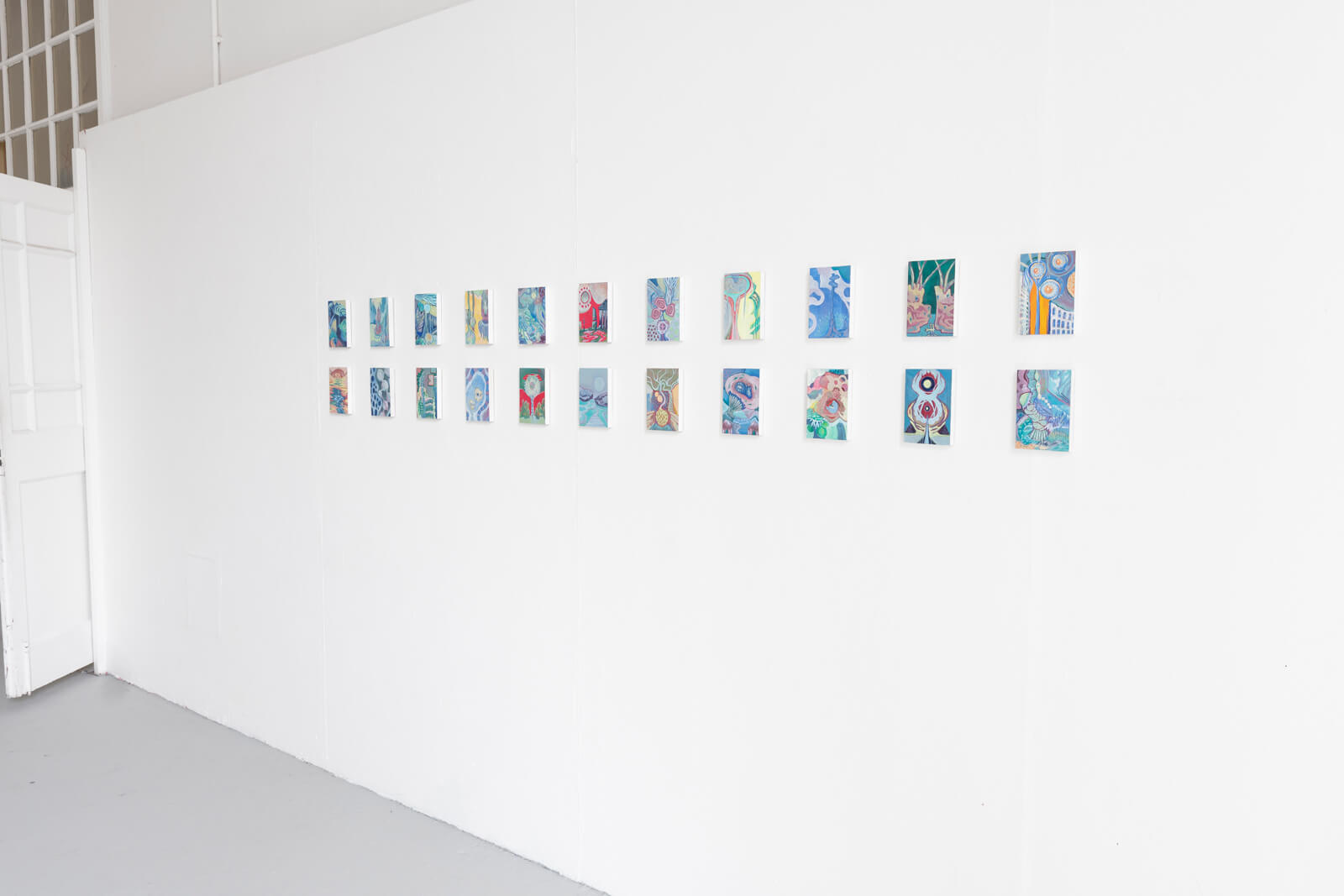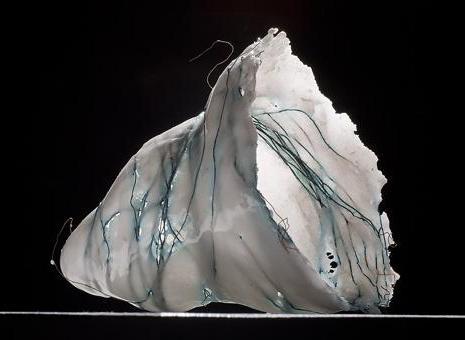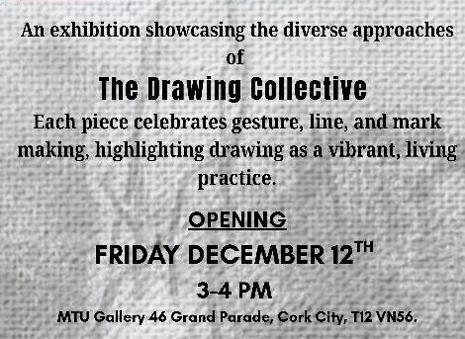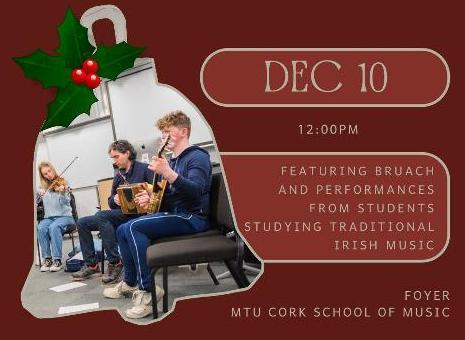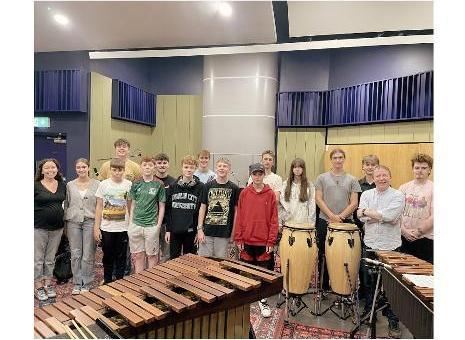EXHIBITION LAUNCH
WEDNESDAY 18 OCTOBER 1-2PM
ALL WELCOME!
EXHIBITION RUNS FROM
MONDAY 16 OCTOBER - FRIDAY 3 NOVEMBER
OPEN MON-FRI 10-4
MON-FRI 10-4PM
Momentum, the MTU Student Engagement Exhibition 2023, selected by student representatives and MTU Arts Office, presents graduating artists from MTU Crawford College of Art & Design who’s work addresses issues important to students and an evolving society. The visual impacts and bureaucratic responses to the housing crisis, bodily autonomy and representation, human interactions with the natural environment, and the need for space to reflect and imagine.
Featuring recent graduates from MTU Crawford College of Art & Design: Rachel Allen, Caroline Bowles, Jenny Fitzgerald, Melanie Mcgrath, Andrea Newman, Conor O’Brien, Queenie O’Sullivan, Saoirse Radford, Jemima Recks, and Ana-Maria Surdu.
Presented by MTU Arts Office, AnSEO Student Engagement Office and MTU Cork Students Union, this exhibition showcases a diverse selection of artists who engage with social, cultural and environmental issues through drawing, painting, print, glass, photography, ceramic and design.
Online exhibition guide:
https://indd.adobe.com/view/b320cb6f-8499-4ab3-826c-d08dfb0f722c
123

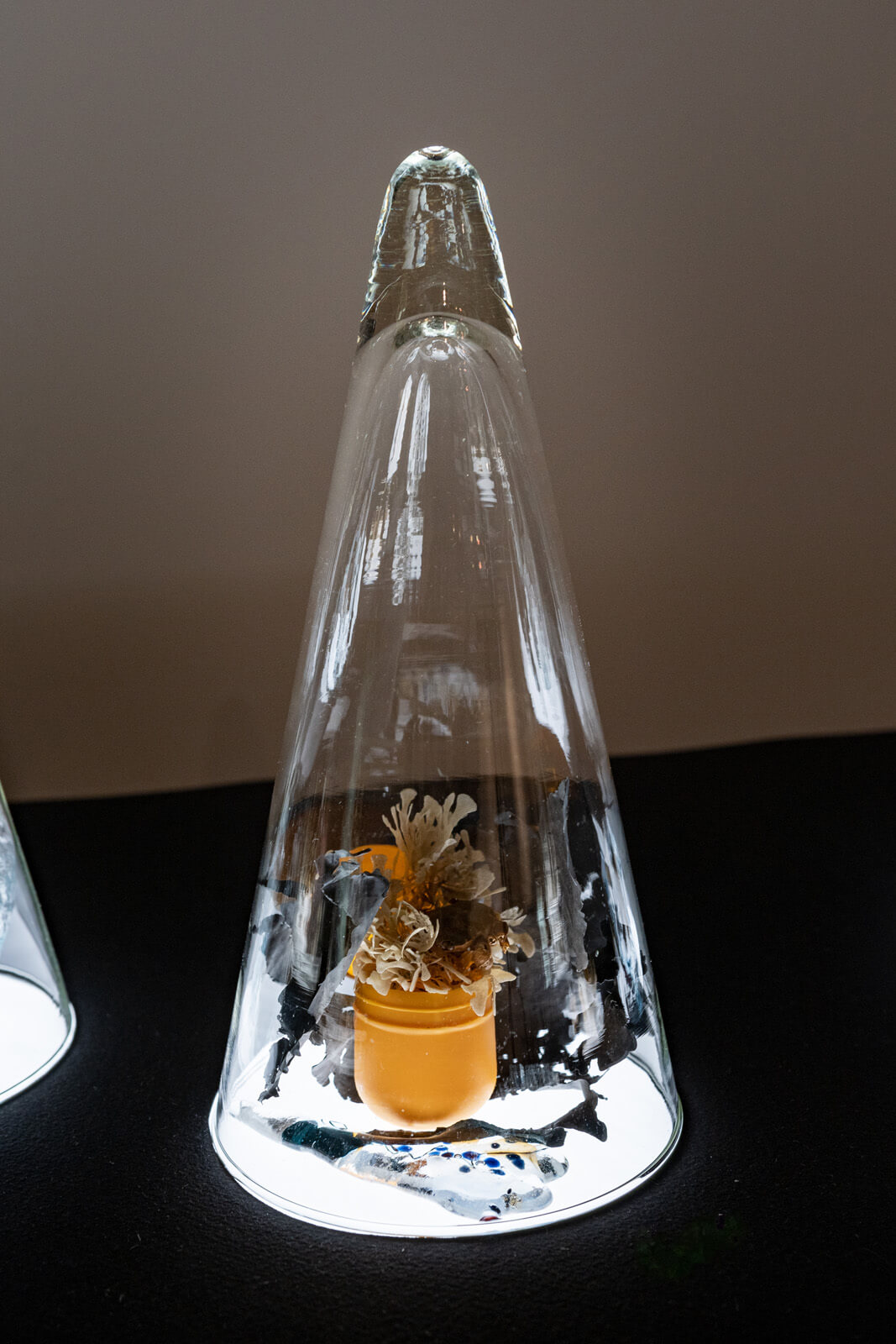
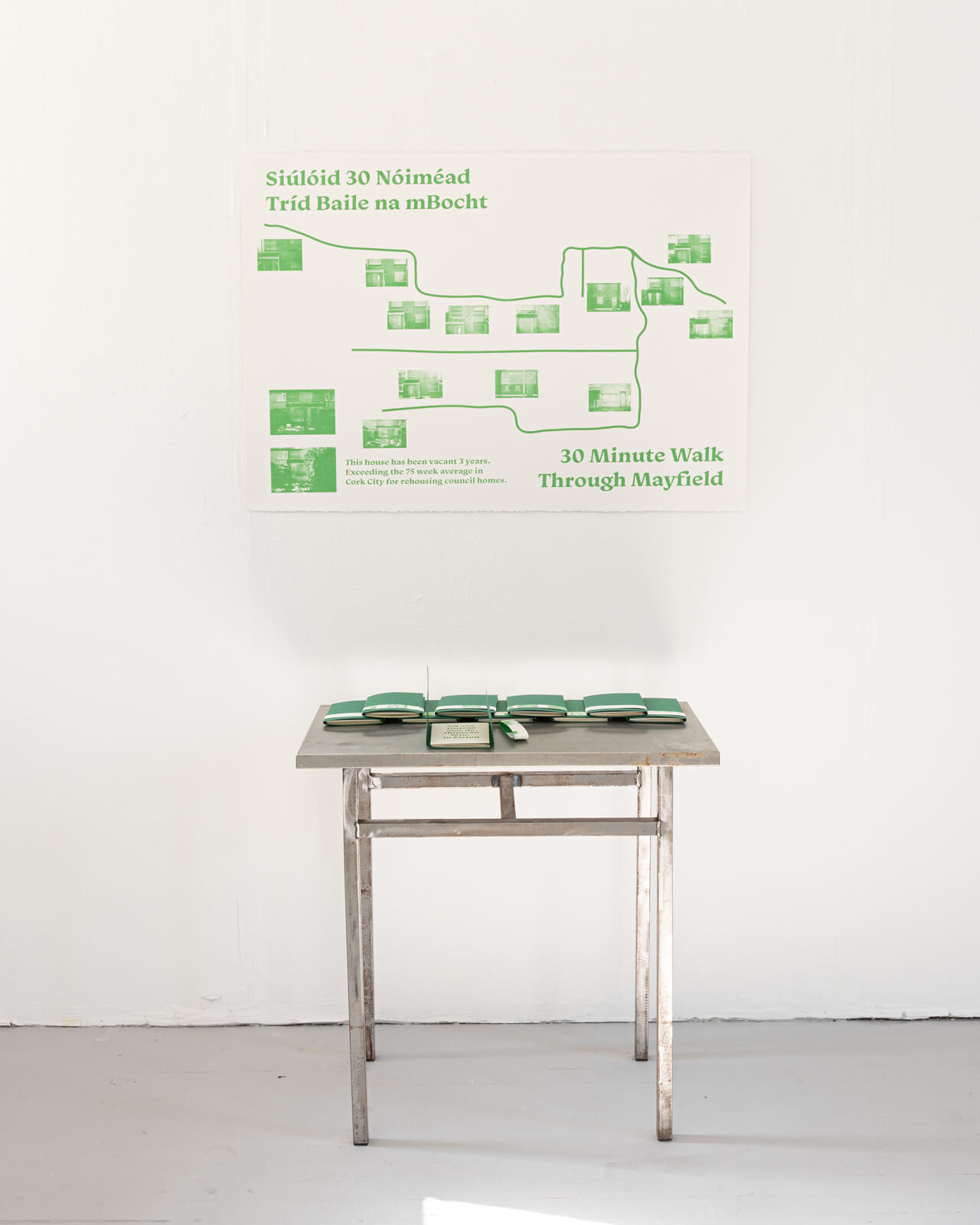


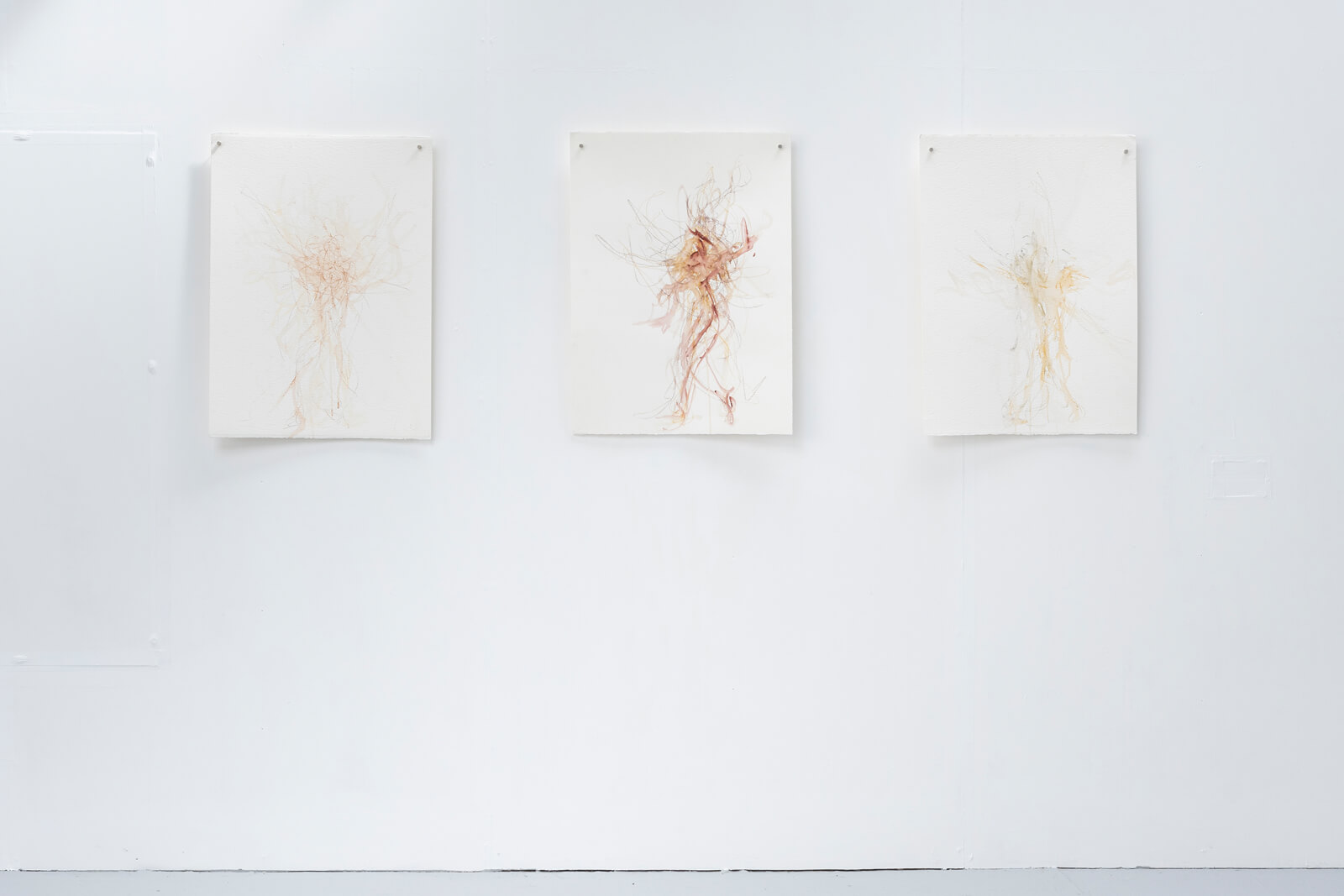
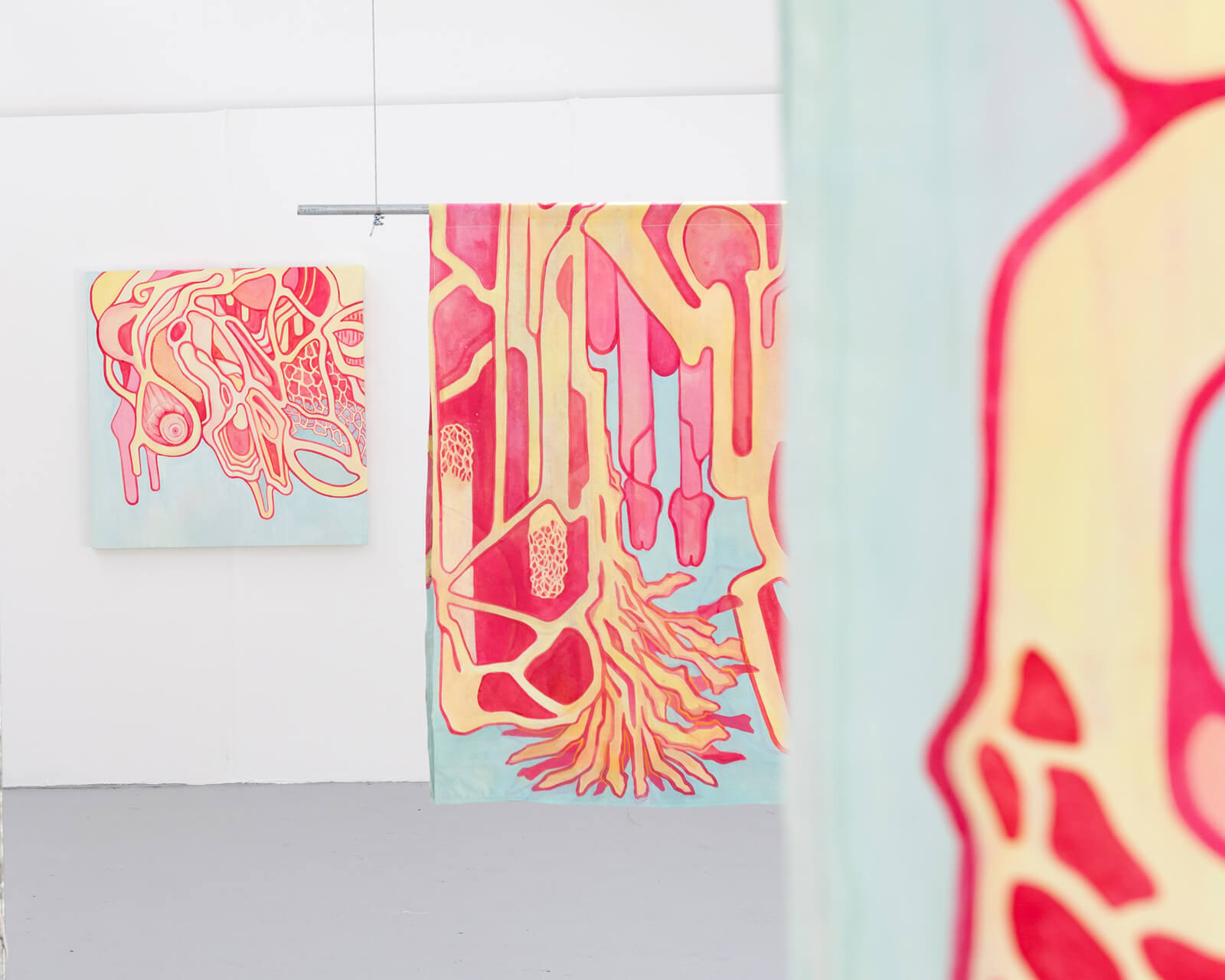
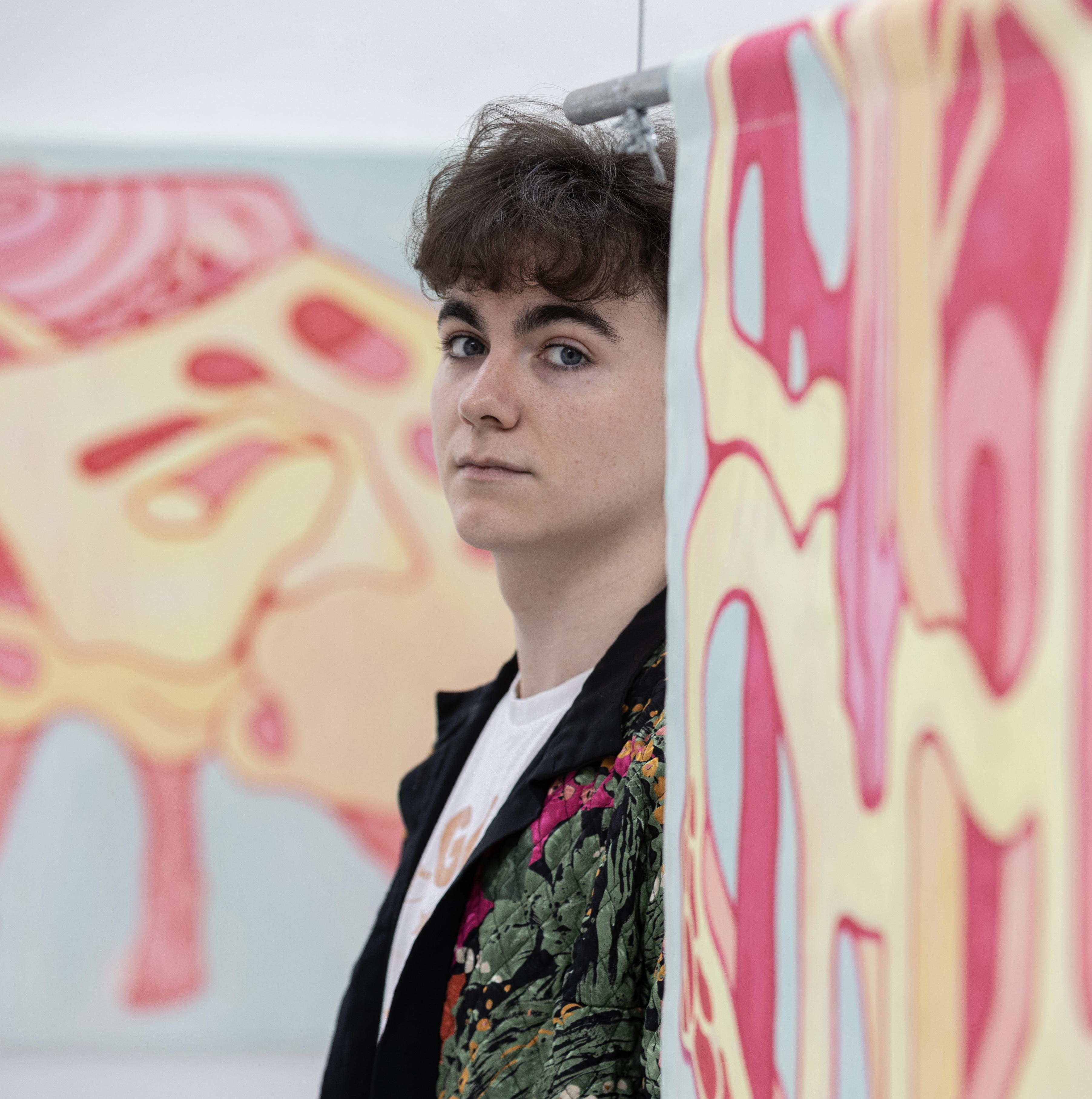
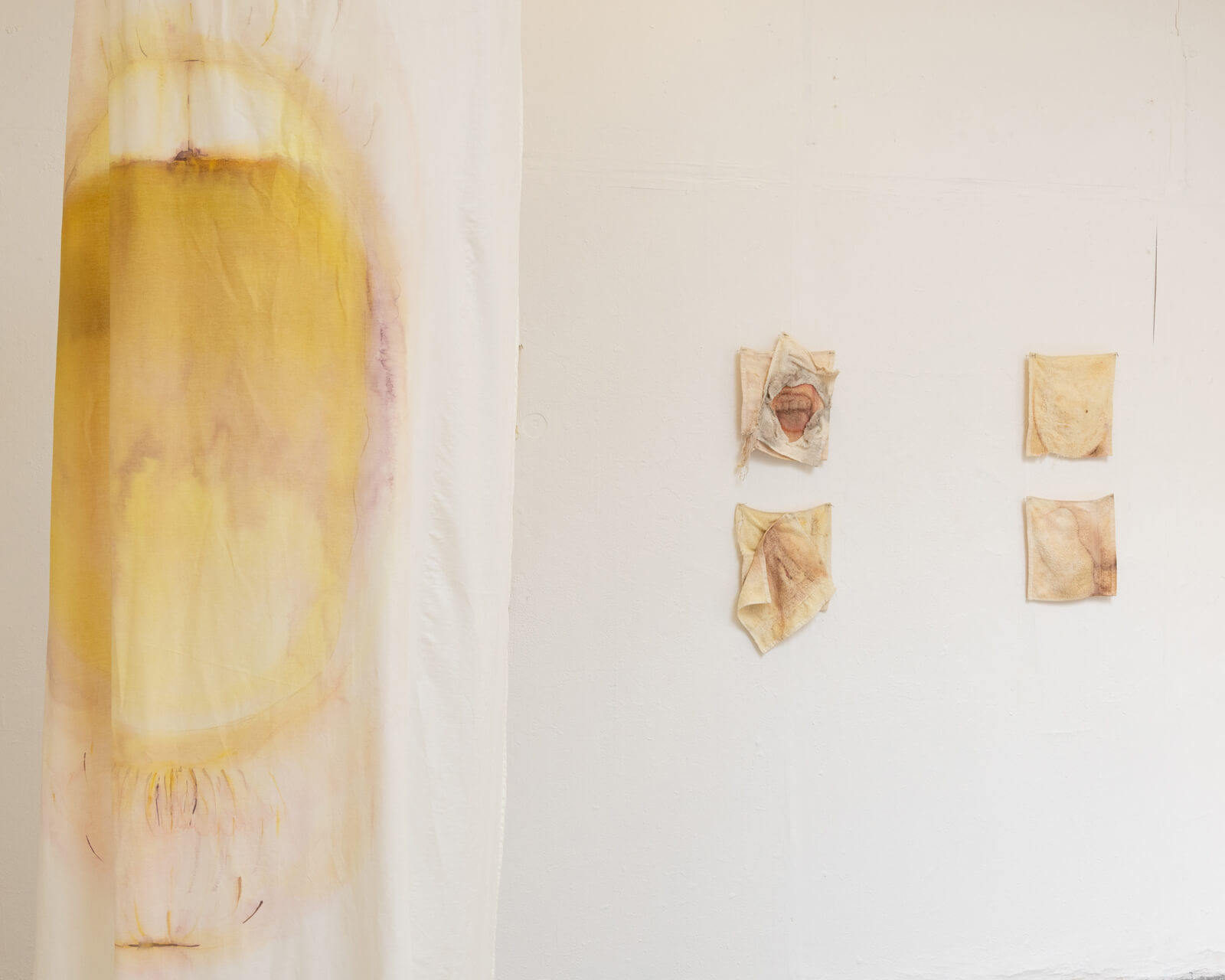
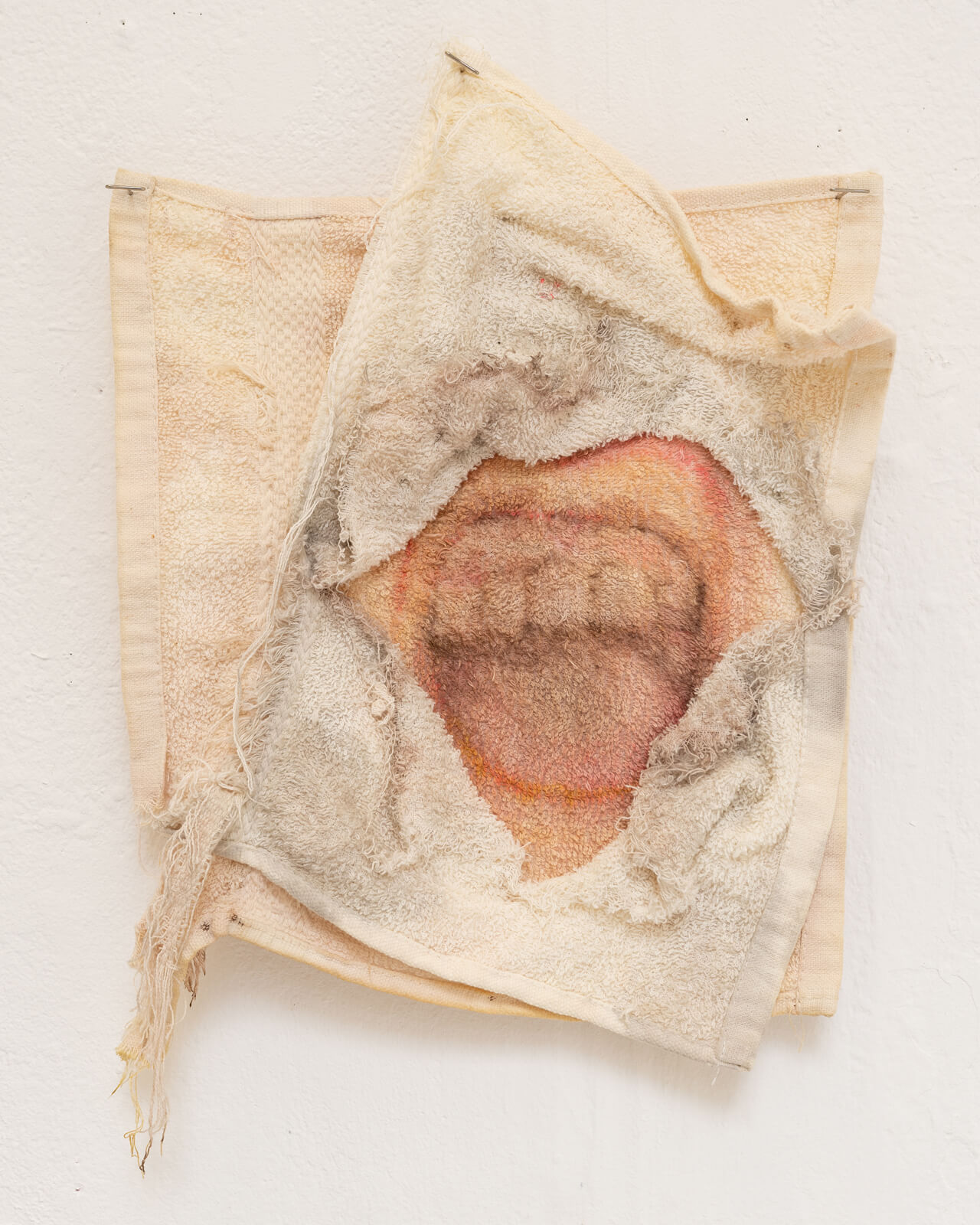
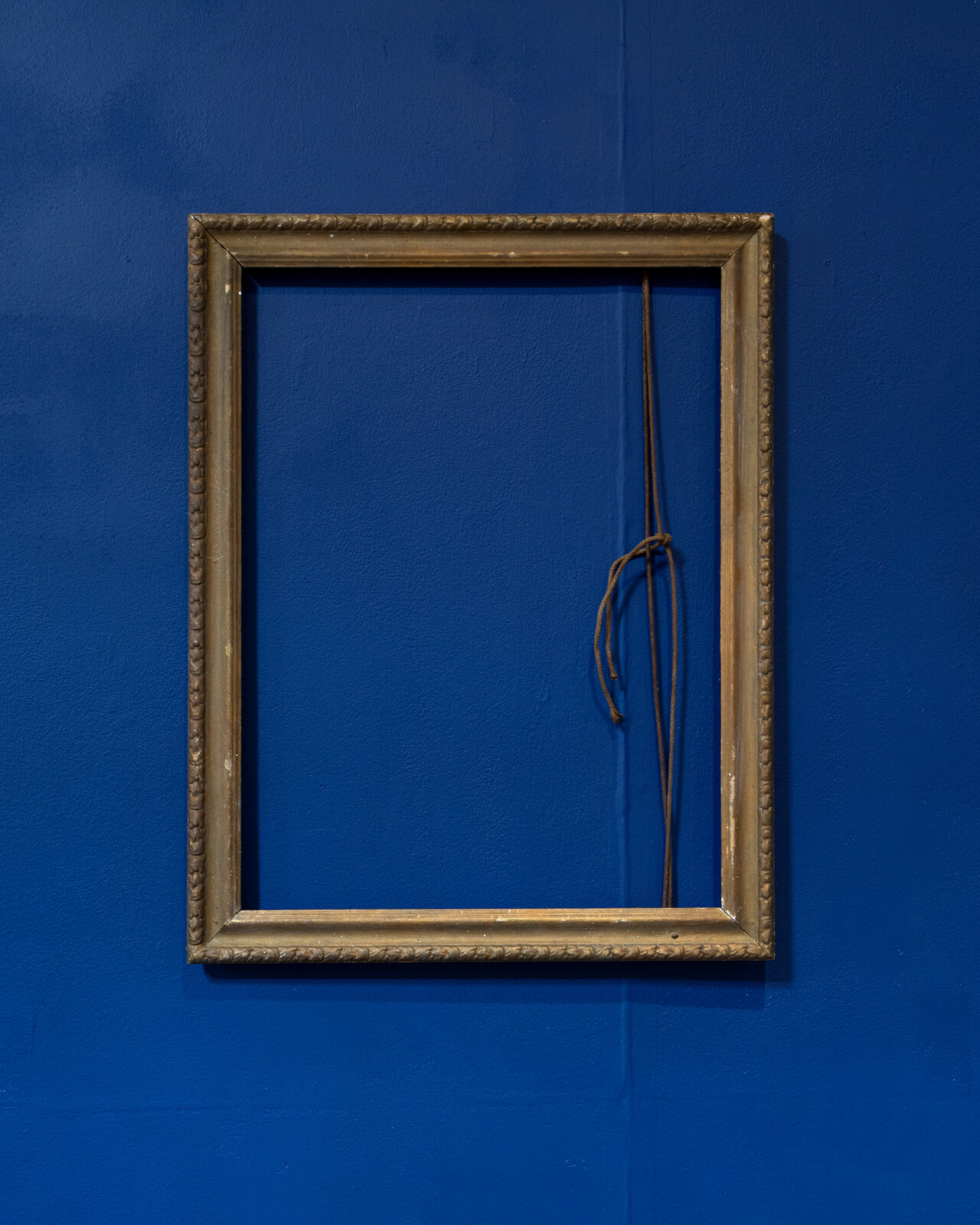
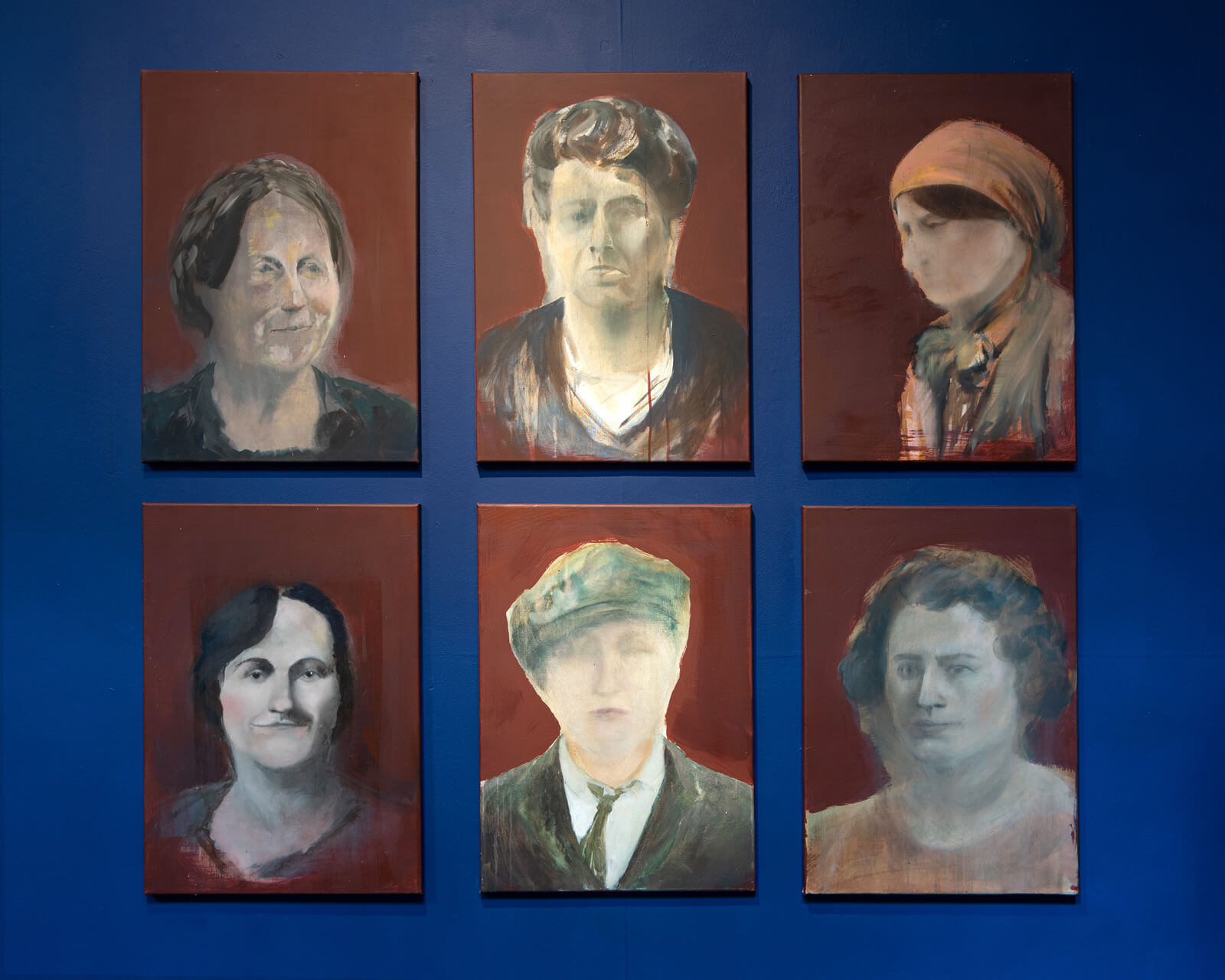
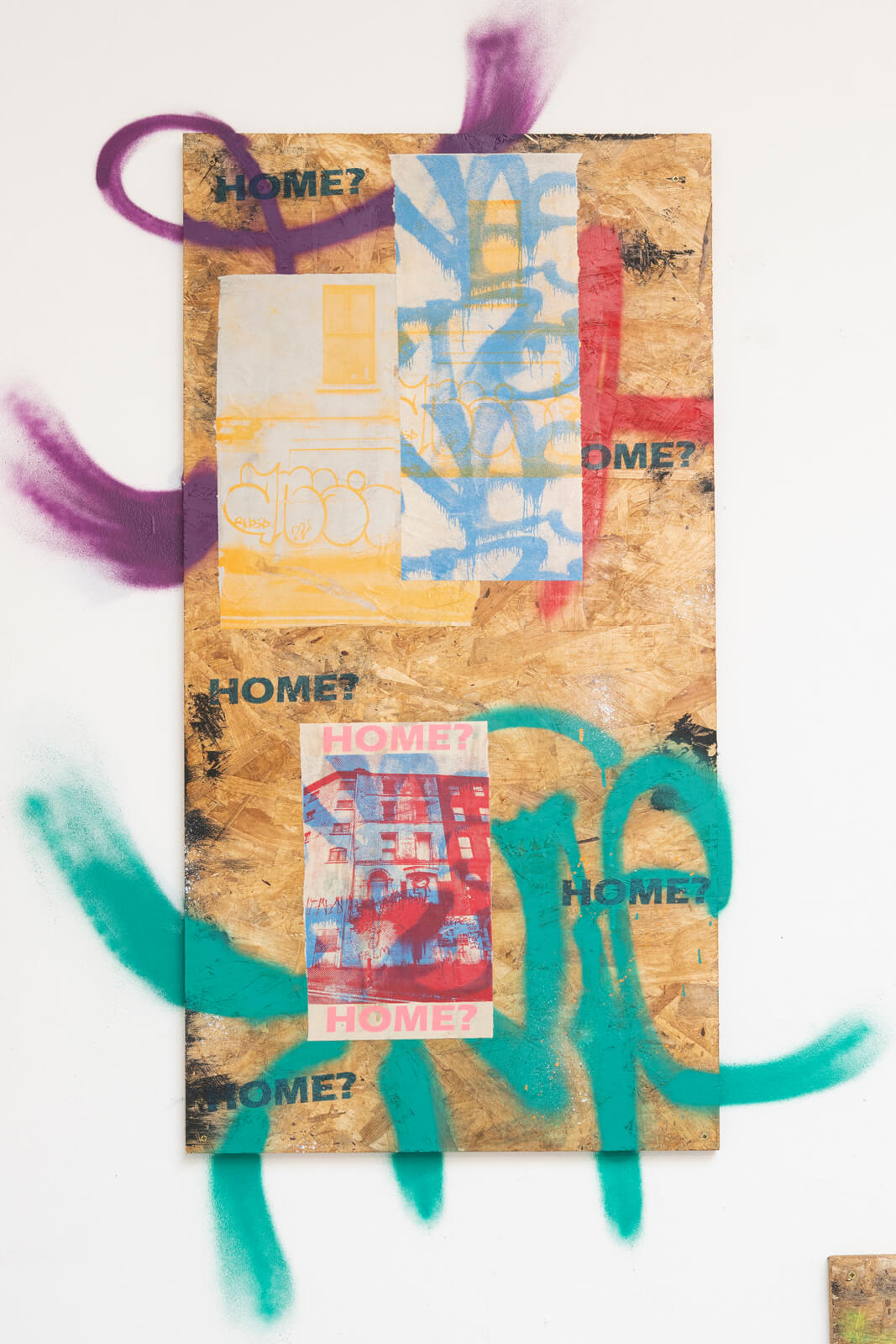



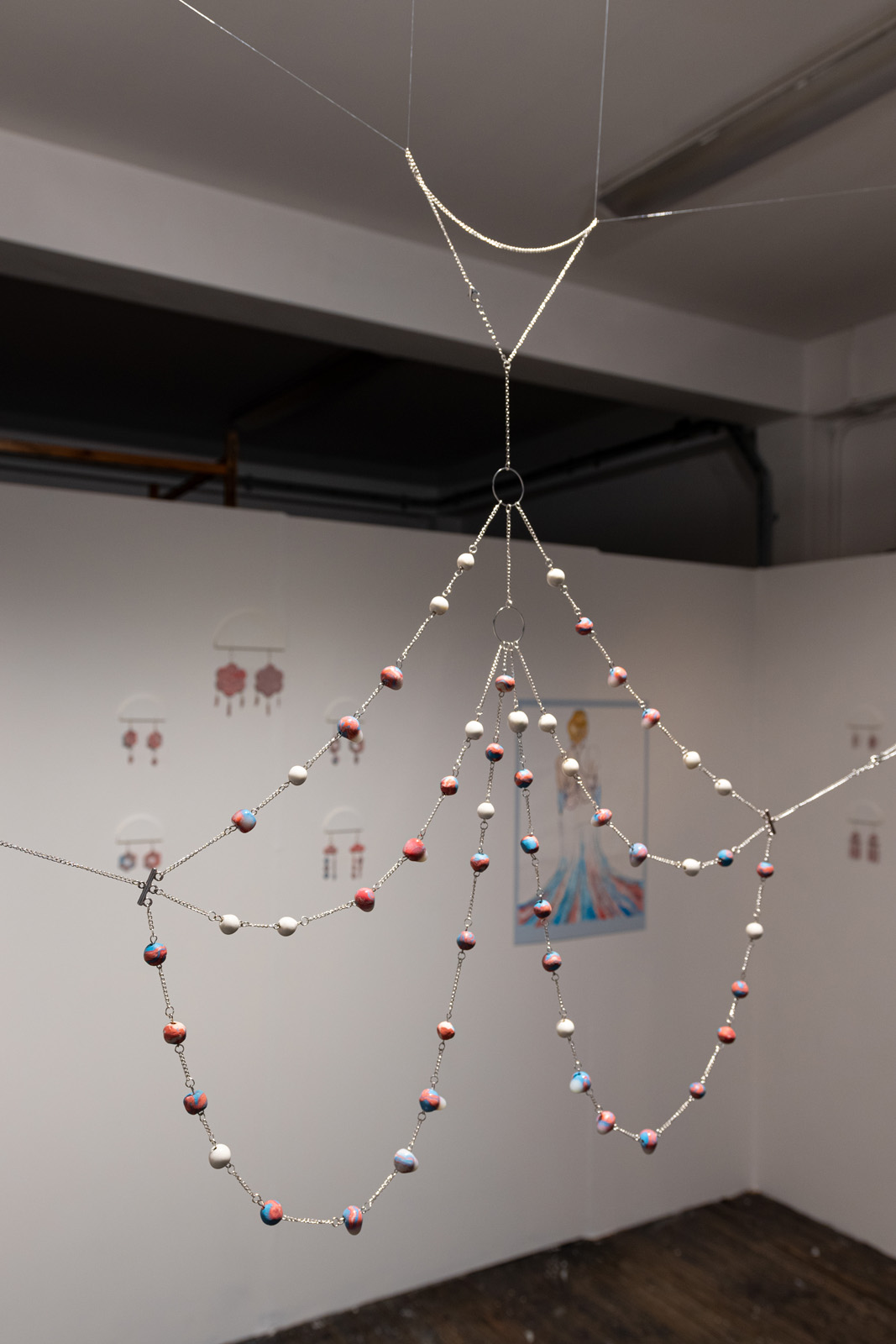
.jpg)
.jpg)
